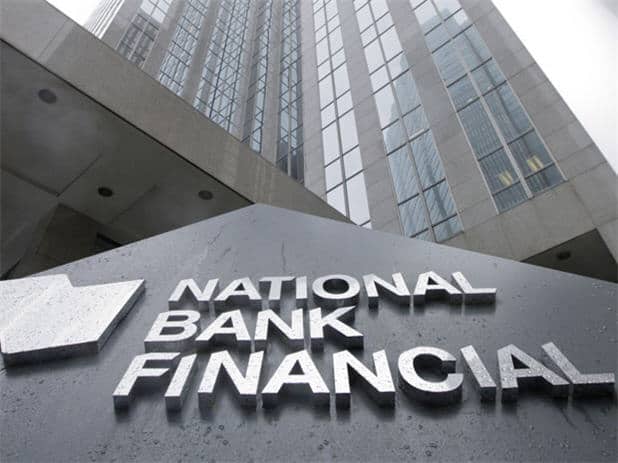
 With the threat of cyberattacks increasing the world over, many companies are having to adopt security measures such as encryption apps to avoid getting hit by debilitating ransomware such as the WannaCry malware that infected more than 200,000 computers in 150 countries.
With the threat of cyberattacks increasing the world over, many companies are having to adopt security measures such as encryption apps to avoid getting hit by debilitating ransomware such as the WannaCry malware that infected more than 200,000 computers in 150 countries.
Ransomeware involves an invasive encryption or locking of a computer’s files, usually spread by emails with contagious links, which the hacker threatening to permanently erase the user’s data unless the ransom money is paid. The massive ransomware worm that hit around the globe last weekend affected operations at major institutions such as hospitals, stores and schools, with Microsoft last Sunday pointing blame at the United States government for causing the problem due to a hacking tool created by the National Security Agency.
“This is an emerging pattern in 2017,” wrote Microsoft President Brad Smith in a blog post. “We have seen vulnerabilities stored by the CIA show up on WikiLeaks, and now this vulnerability stolen from the NSA has affected customers around the world.”
In Canada, businesses so far remain relatively unscathed by the WannaCry cyber attack. The Lakeridge Health Hospital in Oshawa, Ontario, has reported being hit with the ransomware but that the institution’s antivirus system was able to disable the threat without damage to the hospital’s network or loss of health information or data and an apartment building in Waterloo, Ontario, had the malware appear on its lobby computer screen.
Other nations were not so fortunate, with Russian officials saying that their country was hit the hardest, an assembly plant in Slovenia for French automaker Renault reporting being targeted, along with Spanish telecom company Telefonica.
But small businesses are just as frequent a target for ransomware. In Australia, the Telstra Cyber Security Report for 2017 revealed that the rate of cybercrime in the country had doubled over the past year, with almost two-thirds of Australian businesses being hit during the past year.
In Canada, a survey last December by Bennett Jones found that of 125 anonymous Canadian organizations polled, 72 per cent reported being the victim of cyber-attack in the previous 12 months and 35 percent of those were identified as ransomware attacks.
The trend has caused many businesses to take on new measures such as installing “military grade encryption” like that offered by SafeSwiss, a Switzerland-based company which reported to the Daily Telegraph that downloads of its product had jumped 78 per cent in the days since the WannaCry attack.
And while some businesses are said to be simply unplugging themselves from the world wide web and sticking to paper and pen, Bogdan Boezatu, senior e-threat analyst at cybersecurity firm Bitdefender, says that approach is unrealistic in today’s business world.
“With everything interconnected, it is currently impossible to revert to pen and paper,” said Botezatu.
Experts say that for businesses, ransomware poses a real dilemma, as paying off the hackers doesn’t necessarily mean that the company’s data will be safely returned. The Telstra report found that of the Australian businesses hit by ransomware in the past year, 57 per cent paid the ransom but almost one in three of those that paid didn’t recover their files. “You really are rolling the dice if you choose to pay a ransom, and your chances aren’t good,” says the report.
Leave a Reply
You must be logged in to post a comment.



 Share
Share Tweet
Tweet Share
Share




Comment